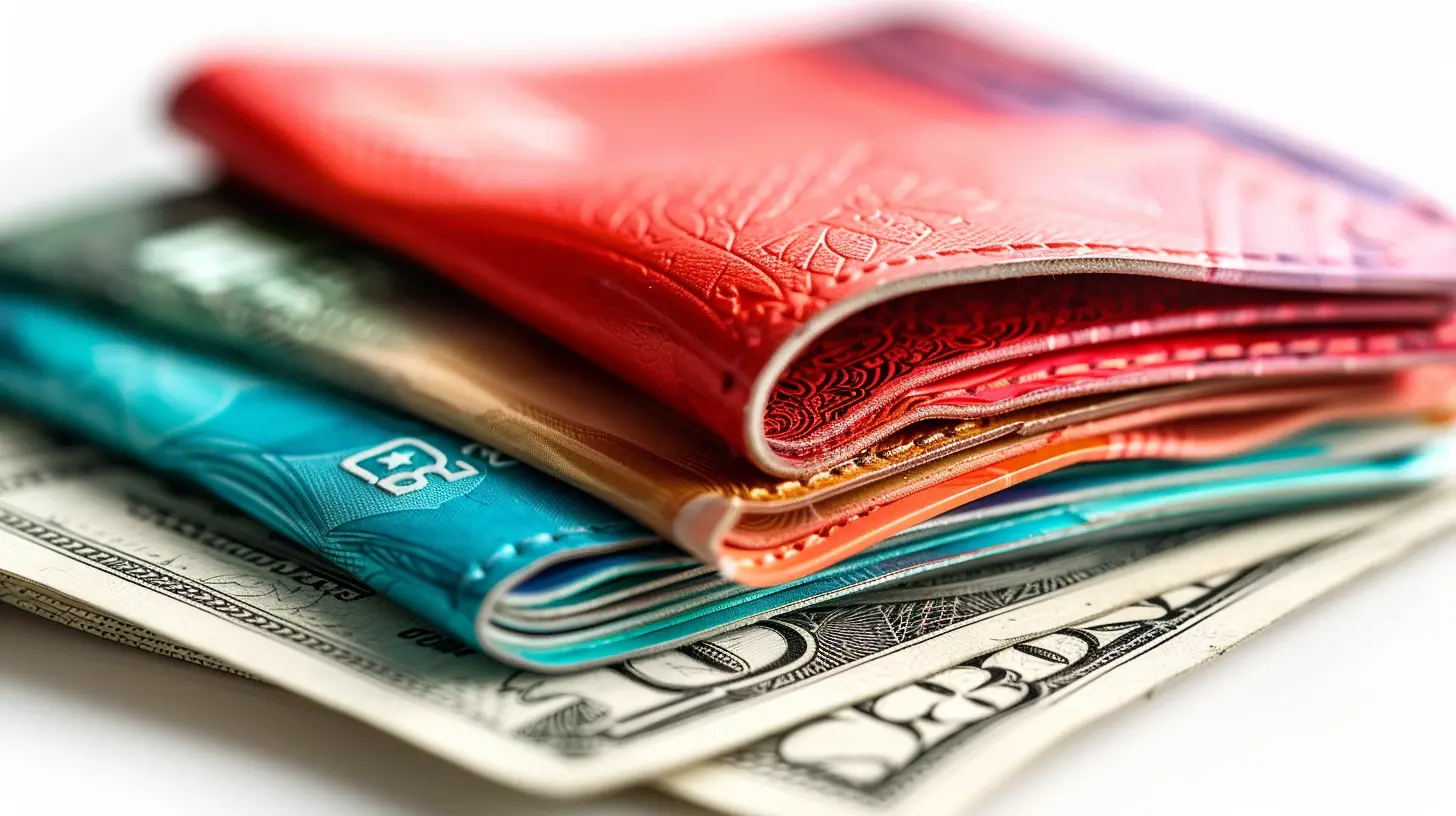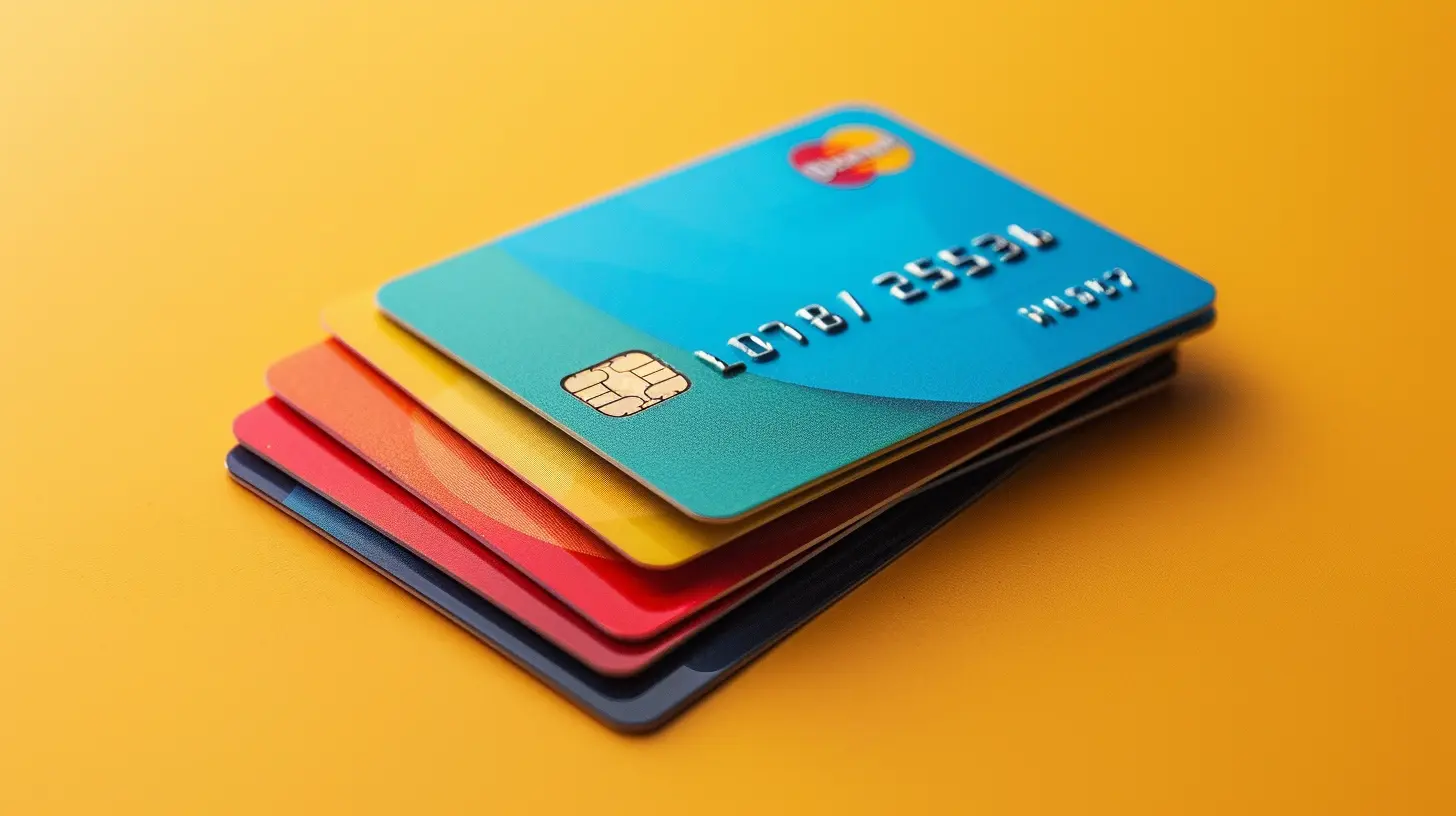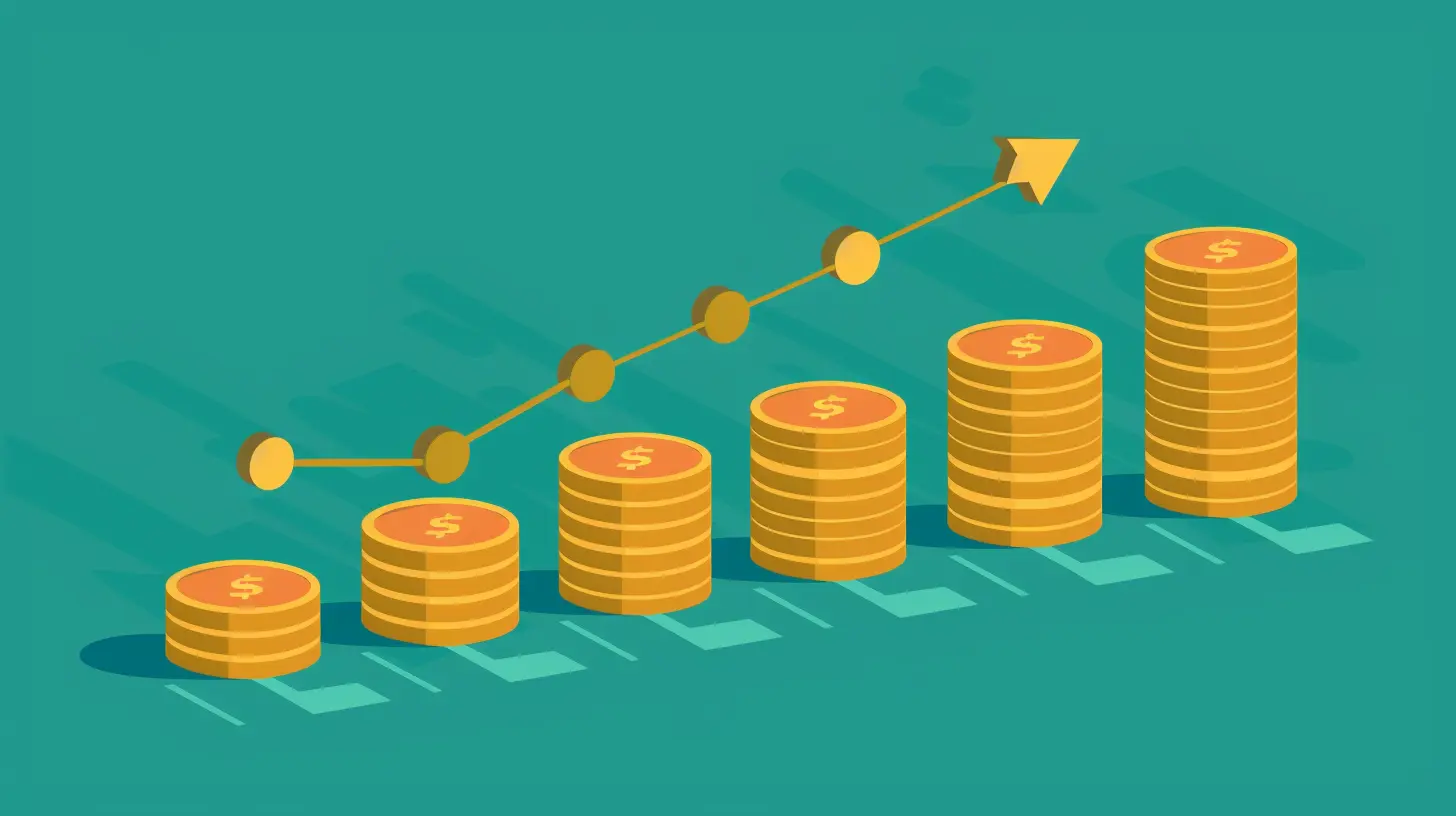How Credit Utilization Affects Your Credit Health
22 June 2025
Your credit score is like your financial GPA—it tells lenders how responsible you are with borrowed money. But what if I told you that one specific factor among many plays a massive role in shaping your credit health? That’s credit utilization. It sounds complex, but it really just means how much of your available credit you're actually using. Sounds simple, right? But don’t sleep on it—it can make or break your credit score.
So grab a cup of coffee (or tea if that’s your thing), and let’s break down how credit utilization affects your credit health—and more importantly, how you can master it like a pro.
What Is Credit Utilization, Anyway?
At its core, credit utilization is the percentage of your available credit that you’re currently using. Let me give you a quick example:Imagine you have a credit card with a $5,000 limit, and you’ve got a balance of $1,000 on it. Your credit utilization rate is 20% ($1,000 ÷ $5,000 x 100). Simple math, big impact.
And here's the kicker: credit utilization makes up about 30% of your FICO credit score. That’s nearly a third of your score—arguably second only to payment history (which accounts for 35%). So yeah, it’s a big deal.
Why Does Credit Utilization Matter So Much?
Think of your credit utilization rate as a trust score for lenders.If you're using a large chunk of your available credit, lenders might assume you're in a financial crunch or over-reliant on borrowed money. That makes you a riskier borrower in their eyes.
But if you're only using a small portion of what’s available, it sends the signal that you're responsible and not living on the edge. You’ve got your finances under control—which lenders absolutely love.
The Magic Number: What’s a “Good” Credit Utilization Rate?
You might’ve heard the golden rule: keep your utilization below 30%. That’s not a hard rule, but it’s a widely accepted guideline. For example:- If you have a $10,000 total credit limit, try to keep your combined balances under $3,000.
- Want to be a rockstar in lenders’ eyes? Keep it under 10%. That’s the sweet spot for people with excellent credit scores.
But here’s an important twist: this isn't just about hitting 30% on one card—it’s about your total utilization across all your credit accounts. And even individual card utilization can matter if one card is maxed out while others are empty. It’s about the full picture.
How Credit Utilization Impacts Your Credit Score
Alright, let’s dive into the nitty-gritty. Here's how high or low utilization can move the needle on your credit score:1. High Utilization = Red Flags
Maxing out your credit card—even if you always pay it off—can seriously damage your credit score. Even a 60-70% utilization rate can cause a dip. Here's why:- It indicates possible financial stress.
- It suggests you might be managing your money poorly.
- It increases your credit risk.
Bottom line? High utilization could cost you points and lead to lower creditworthiness.
2. Low Utilization = Score Booster
Keep your utilization low, and your score gets a nice nudge upward. It shows you’re not over-reliant on credit and gives lenders confidence in your ability to manage debt.That said, using no credit at all isn’t necessarily good either. If your utilization is always zero, the credit bureaus might not have enough activity to measure your credit behavior. Weird, right? But it’s true—credit needs action to score you accurately.
The Balancing Act: How to Optimize Your Utilization
Now that you know how important utilization is, let’s talk strategy. The good news? You’ve got plenty of control here. Here are a few tricks to keep your utilization in tip-top shape:1. Pay More Than the Minimum—And Pay Early
The sooner you pay off your balances, the lower your utilization will be when the creditor reports it to the bureaus. Even if you plan to pay in full by the due date, early payments can lower what’s reported.Think of it as cleaning the house before your guests show up—first impressions matter.
2. Spread the Balance Across Multiple Cards
Instead of racking up a big balance on one card, split purchases across several cards to keep each individual utilization rate lower. This approach keeps each card looking well-managed.3. Ask for a Credit Limit Increase
If your spending habits are responsible, call your issuer and request a higher credit limit. Just make sure your balance doesn’t grow with it. More available credit with the same balance = lower utilization = better score.It’s like stretching out the same amount of peanut butter over a bigger slice of bread—less concentrated, more satisfying.
4. Open a New Credit Card (With Caution)
Opening a new credit card increases your total available credit, which can drop your utilization ratio. But be strategic about this—too many applications in a short time can hurt your score.Plus, new credit lines come with their own risks if not managed wisely.
5. Use Alerts and Auto-Pay Options
Set low usage alerts on your cards so you don’t accidentally go overboard. Many banks let you trigger a notification if a balance goes over, say, 25% of your limit.Also, set up auto-pay for full payments to avoid interest—and late fees.
The Myth of the Zero Balance
Some people think carrying a small balance helps your credit. Newsflash: it doesn’t.Credit bureaus and scoring models don’t reward you for paying interest. What really helps? Using your card regularly (small purchases are fine), and then paying it off in full each month. This keeps utilization active and low—win-win.
So, if you’re carrying a balance in hopes of boosting your score, stop. You’re just feeding the banks interest.
Credit Utilization on Revolving vs. Installment Accounts
Here’s a fun twist many folks don’t realize:Credit utilization applies only to revolving credit accounts—like credit cards and lines of credit. It doesn’t apply to installment loans like auto loans or mortgages.
So don’t worry about the balance on your car loan affecting utilization. But that credit card you swiped for those concert tickets? That’s a different story.
How Often Is Credit Utilization Calculated?
This is where things get a little sneaky.Your utilization gets reported monthly, typically around your statement closing date. That means the balance on your card on that day is the one that counts for your credit score.
So even if you always pay in full, if you charge a big purchase near your statement date and haven't paid it off yet, it might show a high balance.
Moral of the story? Timing matters. Pay your balance down before the statement closes if you want your score to reflect a lower utilization.
Life Happens—How to Handle a Temporary Spike in Utilization
Let’s be real. Sometimes, emergencies hit, big purchases are necessary, and your utilization spikes. Don’t freak out—it’s not the end of the world.Here’s what you can do:
- Make a plan to pay it down as quickly as possible.
- Avoid making unnecessary charges until your balance drops.
- Keep accounts open even if you’re not using them—they help your utilization by boosting total available credit.
Remember, your credit score is a living number. It can bounce back.
Long-Term Impact: How Managing Utilization Helps Your Credit Health Over Time
Managing credit utilization isn't just about short-term score boosts—it’s about building a strong, dependable credit profile.Here’s what low, steady utilization helps with:
- Easier approval for loans and credit cards
- Lower interest rates
- Higher credit limits
- Better insurance premiums in some cases
- Strong financial reputation
Basically, it gives you leverage. And in the world of finance, leverage = power.
Final Thoughts
Credit utilization is like the unsung hero of your credit score. It’s not as flashy as payment history or as dramatic as a bankruptcy, but it quietly works behind the scenes to shape your financial health.With just a little awareness and some smart habits, you can keep your utilization low, your score high, and your financial future looking bright.
So next time you swipe that card, just remember: it’s not just a transaction—it’s a little vote that affects your credit health. Make it count.
all images in this post were generated using AI tools
Category:
Credit ScoreAuthor:

Zavier Larsen
Discussion
rate this article
2 comments
Erica McQuiston
Crucial for credit score!
October 15, 2025 at 3:08 AM

Zavier Larsen
Absolutely! Credit utilization is a key factor in your credit score, influencing your overall credit health significantly.
Imani Roth
Great article! Understanding credit utilization is key to maintaining a healthy credit score. It’s amazing how a simple number can impact our financial future so significantly. Thanks for sharing!
July 3, 2025 at 4:33 AM

Zavier Larsen
Thank you for your feedback! I'm glad you found the article helpful. Understanding credit utilization is indeed crucial for managing credit health.


